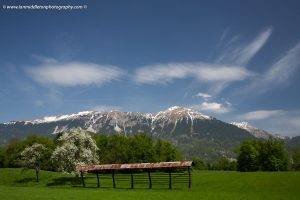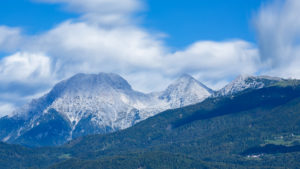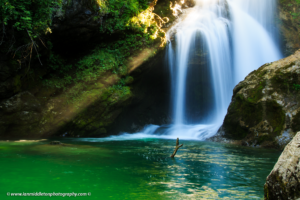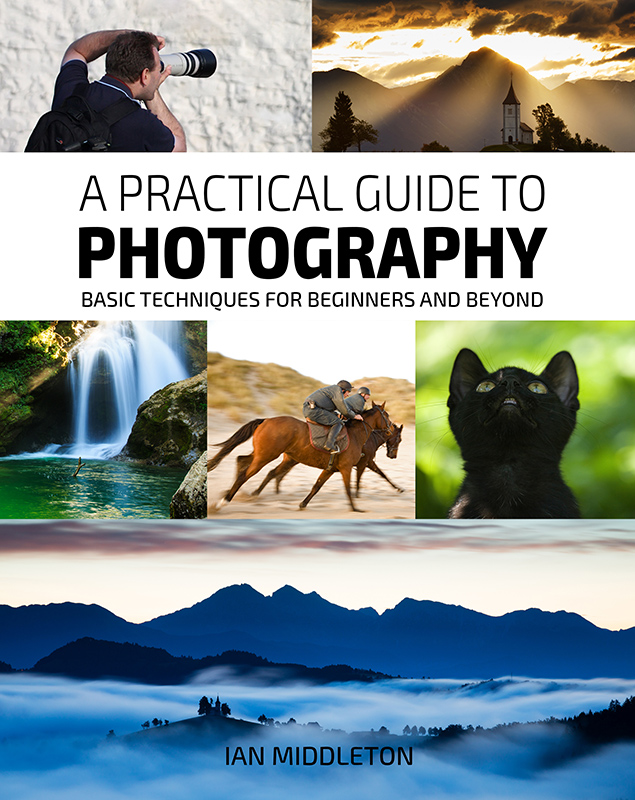An Annual Full Moon Event
Many of you have likely seen my Blue Hour photos of the famous Jamnik Church view. You have probably also seen the ones of the sun rising over the peak of Mount Storzic behind the famous view of Jamnik Church. It happens twice a year; once in May and again in July.
However, did you know that there is also a time when you can capture the full moon rising over the same mountain peak around sunset?
The Moonrise
The annual moonrise happens between November and January. Depending on the lunar cycle, the exact dates can vary each year. However, it’s not just about the fact that the moon rises where it does, but also that it rises at the right time.
You cannot photograph this event when it’s completely dark because the contrast will be too great. The best time to photograph the moon in a landscape setting is during the twilight period, or the Blue Hour as it’s commonly known among photographers.
When photographing the full moon rising beside a church, it also looks great when the church itself is lit. Therefore, it’s another reason why it’s best captured during the Blue Hour.
What is the Blue Hour?
The Blue Hour is the period just before sunrise (dawn) or after sunset (dusk). It’s the period where there is soft, cool ambient light from the sun when it’s below the horizon, but its rays are still projecting light onto the land and into the sky before it sinks too far and full darkness ensues.
Why photograph at this time?
This is the best time to photograph cities or buildings that are artificially lit because the balance between the artificial light of the buildings and the natural light in the sky is just right. When it’s too dark then the contrast is too high. The difference between the artificial light and the sky is too great. Basically the sky and landscape are too dark.
Same goes for scenes with the moon in it.
The same applies when trying to include the moon in a landscape scene. If it’s too dark, then the light from the moon is so strong in comparison to the landscape that the dynamic range is far too great for the camera to handle. Although we can see more detail in the scene, the camera cannot.
So again, it’s best to photograph the moon in a landscape when it rises or sets during the Blue Hour because the intensity of the moon compared with the light in the sky is not so great.
Back to Jamnik
So, what’s great about this event at Jamnik is that the moon will rise over the mountain during the Blue Hour.
Last year I captured it towards the end of December, and was lucky that after a day’s rain the sky cleared at sunset.
This year the full moon will rise at 16:40 on Thursday December 12th. Sunset is at 16:16. Now while the moon will rise at 16:40, it’s important to remember that it will take a bit more time to come up over the mountains. This could mean that it might not peak over until close to 17:00. There is a good chance that it might be too dark by then. It all depends on the conditions.
Exposure blending
Last year, while there was still some ambient light in the sky, the moon was much too bright and was therefore blown out in my photos. However, I took some photos exposed for the moon, and then used a technique called exposure blending to bring back some of the detail in the moon.
Full moon here is blown out
Full moon photographed at correct exposure to capture the detail
Two blended together to bring back the lost detail
Another chance at sunset
There will be another chance on Friday January 10th. This time the full moon will rise at 16:16 just before sunset, which is at 16:36. So this means there will still be plenty of ambient light in the sky when it happens. Also, the full moon will likely peak over the mountain just around the time of the sunset, so if it’s a colourful sunset then it could well be a spectacular moment. So while the moon will not be just above the mountain peak during the blue hour, it will be above the mountains when the blue hour ensues so there will be some great photos to be captured.
Setting your white balance
Typically for Blue Hour photos it’s best to set your white balance to daylight. This helps record the cool, blue tones you typically get during the Blue Hour. But the moon has a lower colour temperature, so when the moon is rising your scene will look warmer if set to daylight. Therefore, if you want cooler tones then I find that setting your white balance to fluorescent works well. It all depends on the look you want. For the photos above, I kept it on daylight because the extra warmth worked well to bring out detail on the mountain peak during the early part of the blue hour. But as it got darker then the scene was too warm on daylight, so I switched to fluorescent, as seen below.
Shot using the fluorescent setting
Log the dates
So put the dates in your diary and if you are able to make it to this location around these times, pray for clear skies.
For more info on how to get to this location, read my Jamnik Church Blog.



















